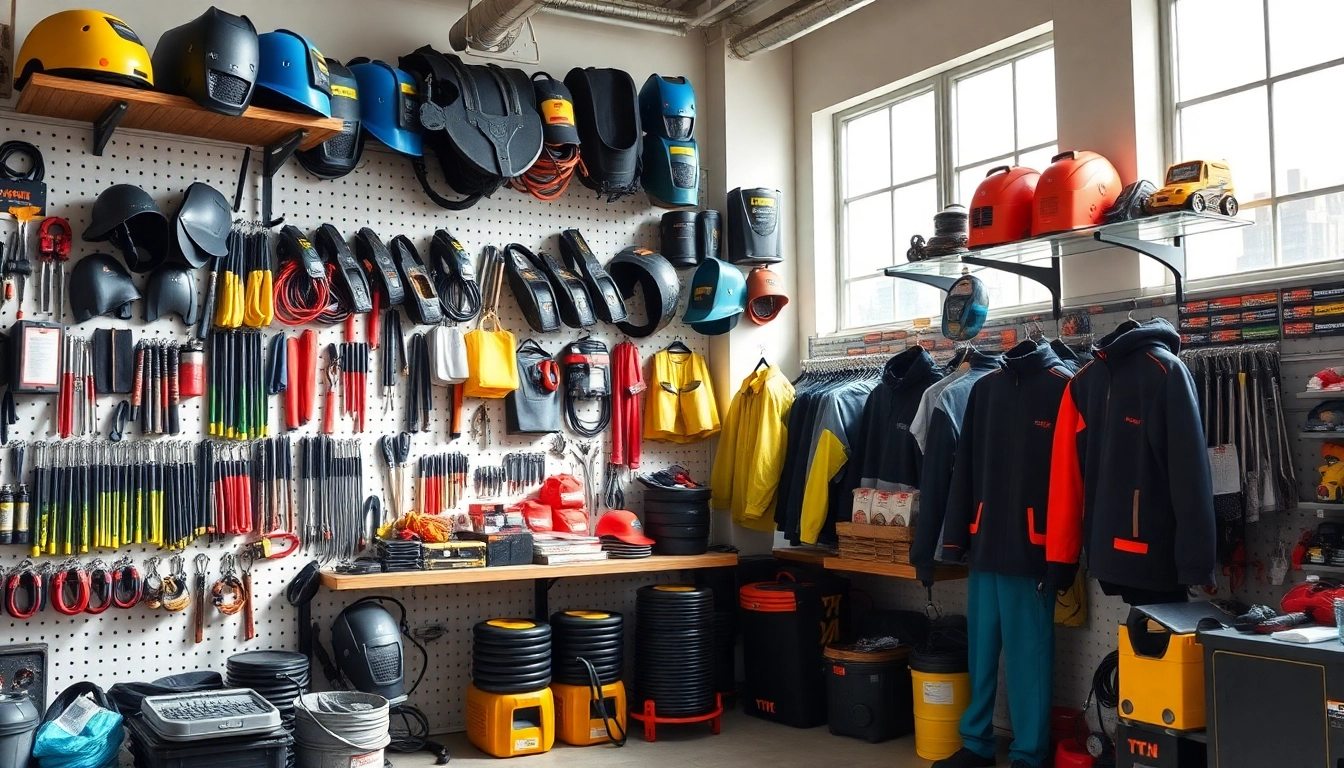Understanding the Importance of Fly Fishing Boots
When it comes to enjoying the great outdoors and immersing oneself in the tranquil art of fly fishing, the right gear can make all the difference. Among the essential items on any fly angler’s checklist are fly fishing boots. These boots not only provide comfort and stability but also protect the feet from unforeseen hazards encountered in water and rugged terrains. The importance of selecting the right pair cannot be overstated; a poor choice can lead to discomfort, injuries, and an overall less enjoyable fishing experience.
Why Proper Footwear Matters in Fly Fishing
Fly fishing often requires standing for extended periods in varying water depths and navigating rocky riverbeds. The right footwear, therefore, should offer not just comfort, but also adequate grip and protection. Proper footwear can prevent slips and falls in slippery rocks and cold water, reducing the risk of injuries. Additionally, supportive fly fishing boots help maintain proper posture and foot alignment, which is essential for those long hours spent casting and reeling in fish.
Key Features to Look for in Quality Fly Fishing Boots
When searching for the ideal pair of fly fishing boots, certain features stand out for their effectiveness and comfort:
- Traction: Good soles with patterns designed for wet surfaces minimize slips.
- Waterproofing: Quality materials should keep your feet dry.
- Fit: Boots should provide a snug fit without being restrictive, allowing room for movement.
- Insulation: Consider this for cold water fishing to keep feet warm regardless of conditions.
- Support: A solid ankle support system is crucial for navigating uneven terrains.
Common Mistakes When Selecting Fly Fishing Boots
Many anglers may overlook key factors when buying fly fishing boots, leading to issues down the line:
- Ignoring Sizing: Not trying boots on with the specific socks that will be worn can lead to an improper fit.
- Overlooking Terrain Requirements: Failing to match boots with specific fishing environments can lead to inadequate performance.
- Neglecting Durability: Choosing style over substance can result in purchasing boots that wear out quickly.
- Not Considering Water Conditions: Boots intended for warm water may not suit cold and swift rivers.
Types of Fly Fishing Boots Available
Wading Boots: Pros and Cons
Wading boots are specifically designed for fishermen who regularly enter water for better casting angles:
- Pros: Excellent grip in wet conditions and good ankle support.
- Cons: May not be suitable for hiking long distances; they tend to be bulkier.
Hiking Boots vs. Fly Fishing Boots
While hiking boots are versatile for various terrains, they often lack the specialized features of fly fishing boots:
- Hiking Boots: Generally provide good ankle support and protection, but may not feature specific grip or waterproofing technologies needed for wading.
- Fly Fishing Boots: Tailored for fishermen, offering specific benefits such as felt soles for traction on slippery surfaces.
Insulated Boots for Cold Water Fishing
Anglers who fish in colder climates should prioritize insulated boots to protect their feet:
- Material: Look for thermal lining and neoprene materials to provide warmth.
- Waterproof Design: Essential for keeping feet dry while wading in cold waters.
How to Choose the Right Fly Fishing Boots for Different Environments
Assessing Water Conditions for Boot Selection
Different water conditions require specific features in boots:
- Cold Water: Insulation and waterproof materials are crucial.
- Fast-Flowing Rivers: Choose boots with superior grip to navigate rocks effectively.
Terrain Considerations for Fly Fishing Boots
The type of terrain can significantly influence boot choice:
- Rocky Terrain: Reinforced soles can protect against sharp surfaces.
- Muddy Conditions: Boots with a rugged tread pattern can prevent slipping.
Choosing Boots Based on Seasonality
Seasonal changes impact the requirements for fly fishing boots:
- Summer: Lightweight, breathable materials are ideal.
- Winter: Insulated, waterproof styles are necessary to keep warm.
Caring for Your Fly Fishing Boots
Cleaning and Maintenance Tips for Longevity
Proper care of your fly fishing boots extends their life:
- Rinsing: Always rinse boots after use to remove debris and salt.
- Drying: Allow them to air dry completely, avoiding direct sunlight to prevent damage.
Common Repair Techniques for Fly Fishing Boots
Even the best boots can suffer wear and tear; common repair techniques can salvage them:
- Sole Repairs: Use adhesive specifically designed for footwear to reattach soles.
- Sealing Leaks: Apply waterproof sealant to areas prone to leakage.
Storage Tips to Prolong Boot Life
Storing your boots correctly is just as important as cleaning them:
- Cool, Dry Location: Store boots in a cool, dry place to prevent mold and deterioration.
- Keep them Upright: Using boot trees can help maintain their shape during storage.
Top Brands and Models of Fly Fishing Boots
Features and Benefits of Popular Fly Fishing Boots
When looking for high-quality fly fishing boots, it’s essential to consider specific features that can enhance your fishing experience:
- Durable Materials: Robust fabrics and waterproofing techniques provide longevity.
- Comfort Features: Padded collars and footbeds enhance comfort for prolonged periods of wear.
User Reviews: What to Consider Before Buying
User reviews provide insight into how boots perform in real-world conditions:
- Fit: Many users comment on the fit after wearing them over time.
- Performance: Look for feedback about traction and durability in different water conditions.
Best Practices for Testing Fly Fishing Boots Before Purchase
Before committing to a pair of fly fishing boots, it’s wise to ensure they meet your personal standards and needs:
- Try Them On: Wear socks that mimic what you would normally wear while fishing.
- Walk Around: Walk on different surfaces to assess comfort and grip.
- Test the Fit: Ensure there’s no restriction on movement, especially around the ankle.



